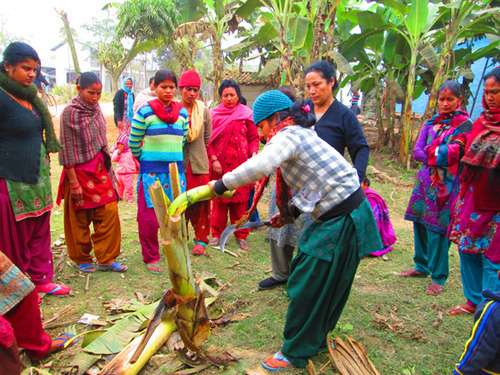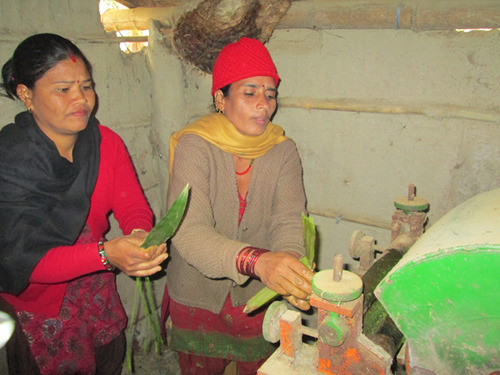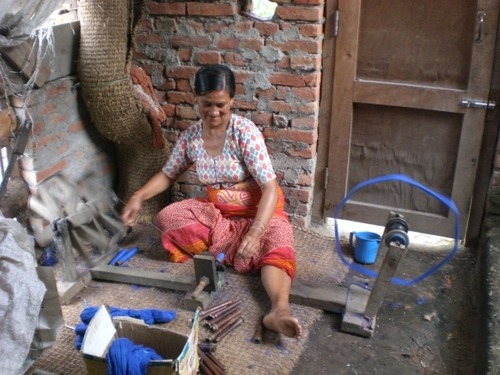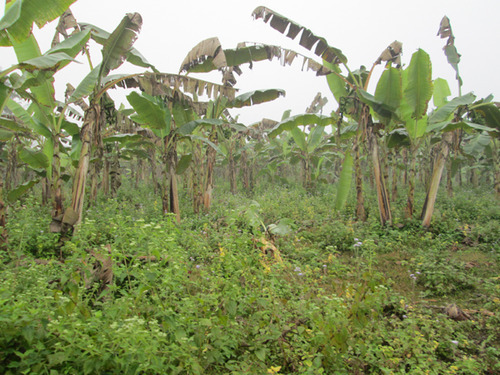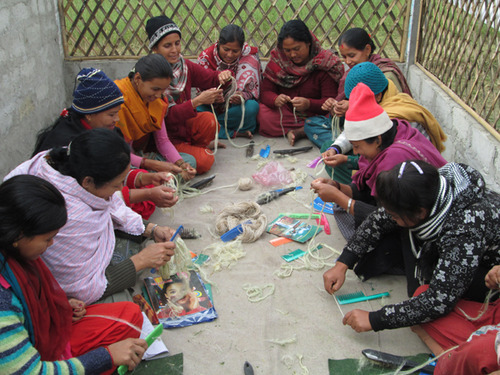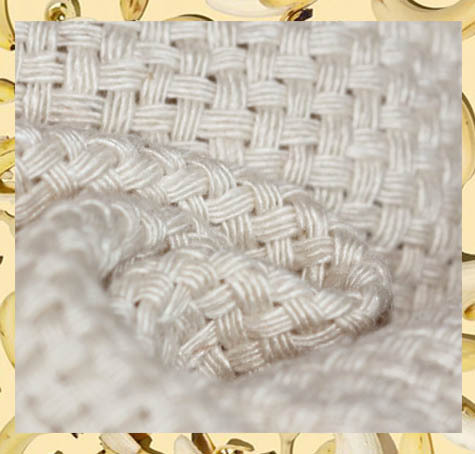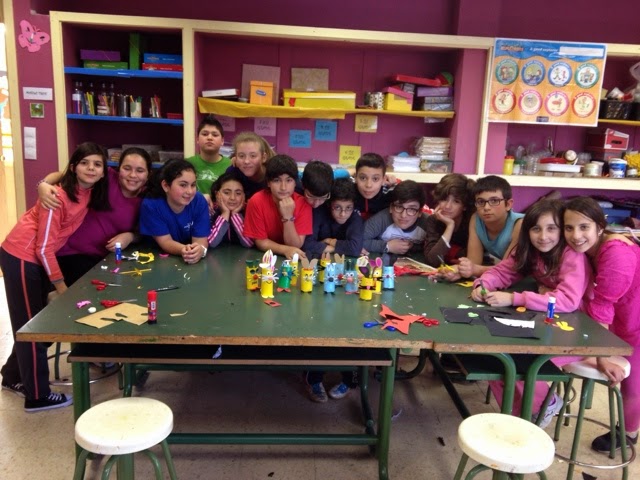Wednesday 30 April 2014
Dalís in Tirán
Friday 25 April 2014
Wednesday 23 April 2014
23rd April BOOK DAY
World Book Day
Choice of date[edit]
The connection between 23 April and books was first made in 1923 by booksellers in Spain as a way to honour the author Miguel de Cervantes who died on that day.[citation needed]
In 1995, UNESCO decided that the World Book and Copyright Day would be celebrated on this date the date is also the anniversary of the birth and death ofWilliam Shakespeare, the death of Miguel de Cervantes, Inca Garcilaso de la Vega and Josep Pla, and the birth of Maurice Druon, Manuel Mejía Vallejo and Halldór Laxness.
Although 23 April is often stated as the anniversary of the deaths of both William Shakespeare and Miguel de Cervantes, this is not strictly correct. Cervantes died on 22 April and was buried on 23 April according the Gregorian calendar; however, at this time England still used the Julian calendar. Whilst Shakespeare died on 23 April by the Julian calendar in use in his own country at the time, he actually died eleven days after Cervantes because of the discrepancy between the two date systems. The apparent correspondence of the two dates was a fortunate coincidence for UNESCO.
World Book Day by country[edit]
Spain[edit]
To celebrate this day Cervantes' Don Quixote is read during a two-day "readathon" and the Miguel de Cervantes Prize is presented by the King in Alcalá de Henares.
In Catalonia, Spain, since 1436, St. George's Day has been 'The Day of the Rose', where the exchange of gifts between sweethearts, loved ones and respected ones occurs. It is analogous to Valentine's Day. Although the World Book and Copyright Day has only been celebrated since 1995 internationally, books were exchanged on 'The Day of the Rose' in Catalonia since at least the year 1926 in memory of Cervantes.
Sweden[edit]
In Sweden, the day is known as Världsbokdagen (World Book Day), and the copyright part is seldom mentioned. Normally celebrated on April 23, it was moved to avoid a clash with Easter to April 13 in the year 2000[2] and 2011.[3]
United Kingdom[edit]
In the United Kingdom, World Book Day is held annually on the first Thursday in March, to avoid the established international 23 April date due to clashes with Easter school holidays, and the fact that it is also the National Saint's Day of England, St George's Day.
Saturday 19 April 2014
Surrealism
Tuesday 15 April 2014
Awesome recycling Easter Bunny
Amazing designs...
Sunday 13 April 2014
Easter around the World
Thursday 10 April 2014
EASTER BUNNY
EASTER CRAFTS
Wednesday 9 April 2014
EVERYBODY HAS QUALITIES (Galician & English languages project)
Thursday 3 April 2014
Easter 2014
What you need:
- Used cereal box
- Scissors (safety scissors for little ones)
- Old magazines, catalogs, flyers, or any scrap paper with bright colours
- Glue stick or PVA glue & brush
- String or ribbon for hanging
What to do:
- Go through the magazines etc. and cut out pieces of different colours and sort by colour
- Draw an egg shape on the cardboard and cut it out
- Draw a design on the egg shape, keeping it simple for younger kids (older children may like to draw their own design)
- Decide what colour you want to place in each part of the design
- Put glue on the egg, one section of the design at a time, and stick the pieces of coloured paper onto the egg
- When the glue is dry, make a hole at the top of the egg and thread the ribbon through
- Hang as a decoration for Easter!
Banana fabric
Offset Warehouse Exclusive

